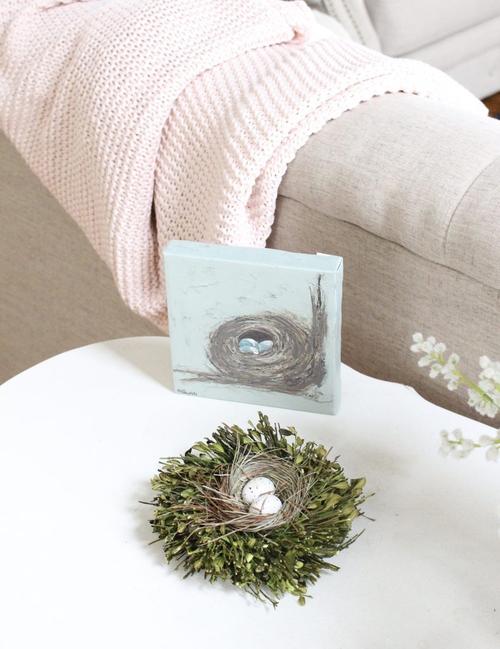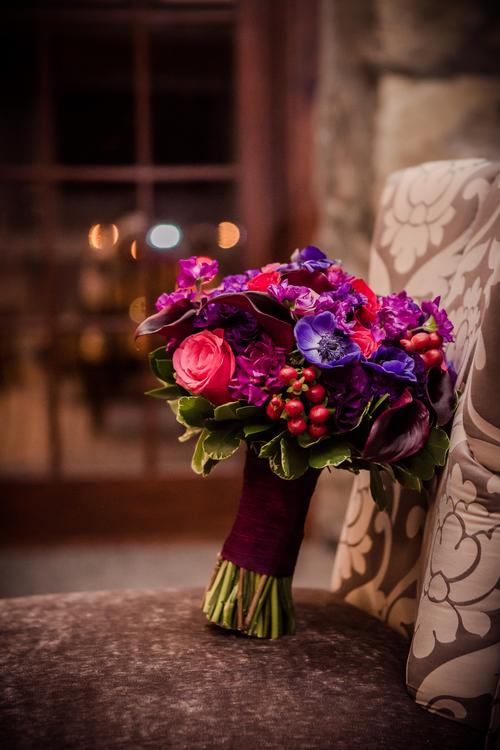Decorating Jewel Tones: A Multidimensional Guide
When it comes to interior design, jewel tones have been making a significant impact. These rich, vibrant colors, inspired by gemstones, add a touch of luxury and sophistication to any space. In this article, we will delve into the various aspects of decorating with jewel tones, from color theory to practical tips for incorporating these hues into your home.
Understanding Jewel Tones
Jewel tones encompass a wide range of colors, including deep blues, purples, greens, and reds. These hues are known for their depth and richness, making them perfect for creating a statement in any room. To better understand jewel tones, let’s take a look at some popular examples:

| Color | Description |
|---|---|
| Emerald Green | A lush, vibrant green reminiscent of emerald stones. |
| Amber | A warm, golden yellow reminiscent of amber stones. |
| Periwinkle | A soft, pastel purple inspired by periwinkle flowers. |
| Plum | A deep, rich purple reminiscent of plum fruits. |
| Ruby Red | A bright, fiery red inspired by ruby gemstones. |
These colors are not only visually stunning but also evoke emotions and convey a sense of luxury. For instance, emerald green is often associated with renewal and growth, while amber brings warmth and comfort.
Color Theory and Harmony
Understanding color theory is crucial when working with jewel tones. These hues can be paired with complementary colors to create a balanced and harmonious space. Here are some color combinations to consider:
| Color Combination | Description |
|---|---|
| Emerald Green and Gold | A classic combination that brings together nature and luxury. |
| Amber and Navy Blue | A warm and inviting color scheme that creates a cozy atmosphere. |
| Periwinkle and Coral | A playful and vibrant color scheme that adds energy to a space. |
| Plum and Silver | A sophisticated and elegant color scheme that exudes luxury. |
| Ruby Red and Cream | A bold and dramatic color scheme that makes a statement. |
When using jewel tones, it’s important to consider the size of the room and the amount of natural light. Darker jewel tones can make a small room feel cramped, while lighter shades can open up a space. Additionally, incorporating lighter colors in the form of accents or trim can help balance the intensity of the jewel tones.
Practical Tips for Incorporating Jewel Tones
Now that we have a better understanding of jewel tones and color theory, let’s explore some practical tips for incorporating these hues into your home:

-
Start with an accent wall: A single wall painted in a jewel tone can create a striking focal point in a room.
-
Use jewel-toned fabrics: Throws, pillows, and curtains can add a touch of luxury without overwhelming the space.
-
Incorporate jewel-toned artwork: Artwork with jewel tones can serve as a conversation starter and add depth to your walls.
-
Opt for jewel-toned lighting fixtures: Lighting can enhance the mood and atmosphere of a room, and jewel tones can add a touch of elegance.
-
Choose jewel-toned furniture: A single piece of furniture in a jewel tone can make a statement without overwhelming the space.









